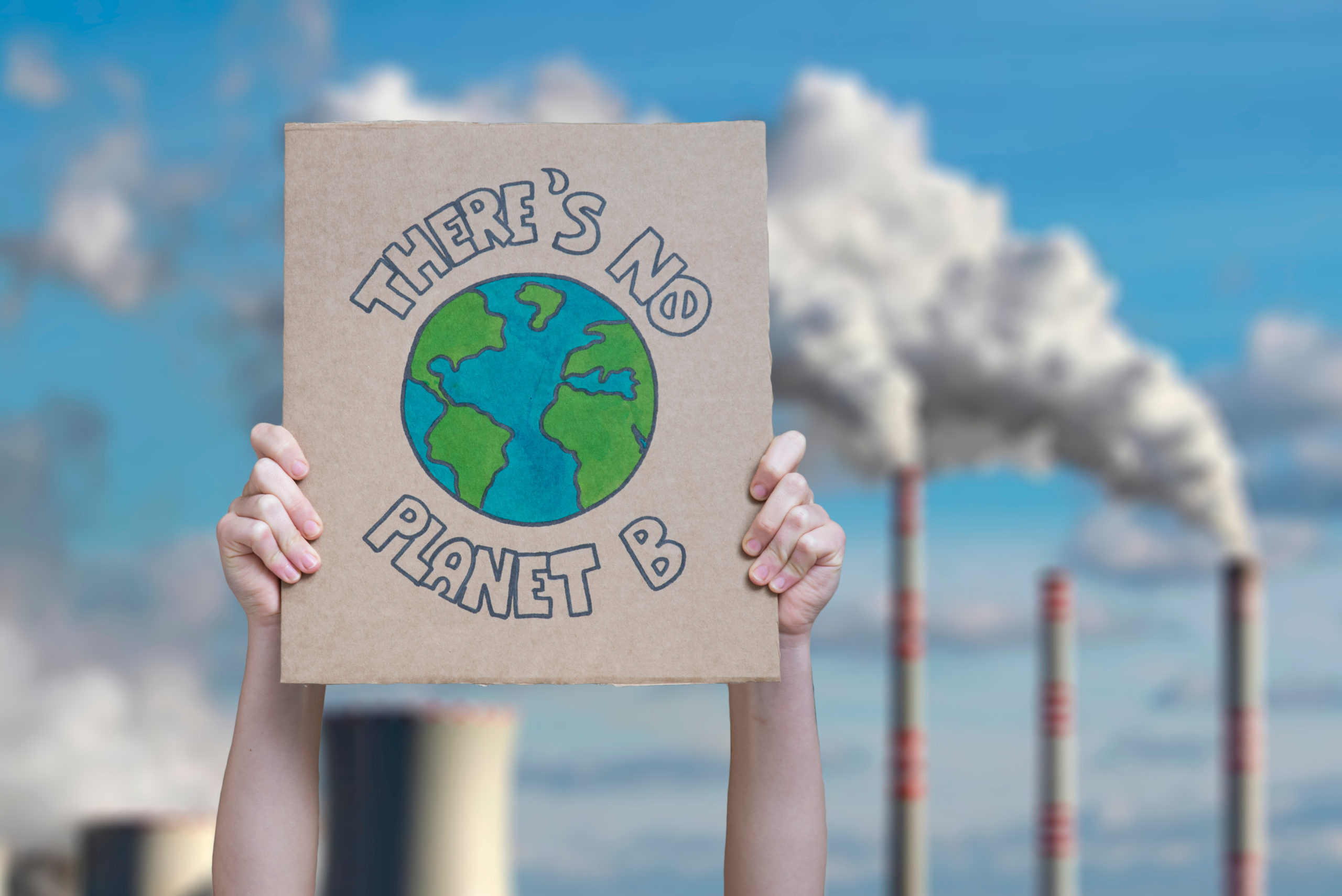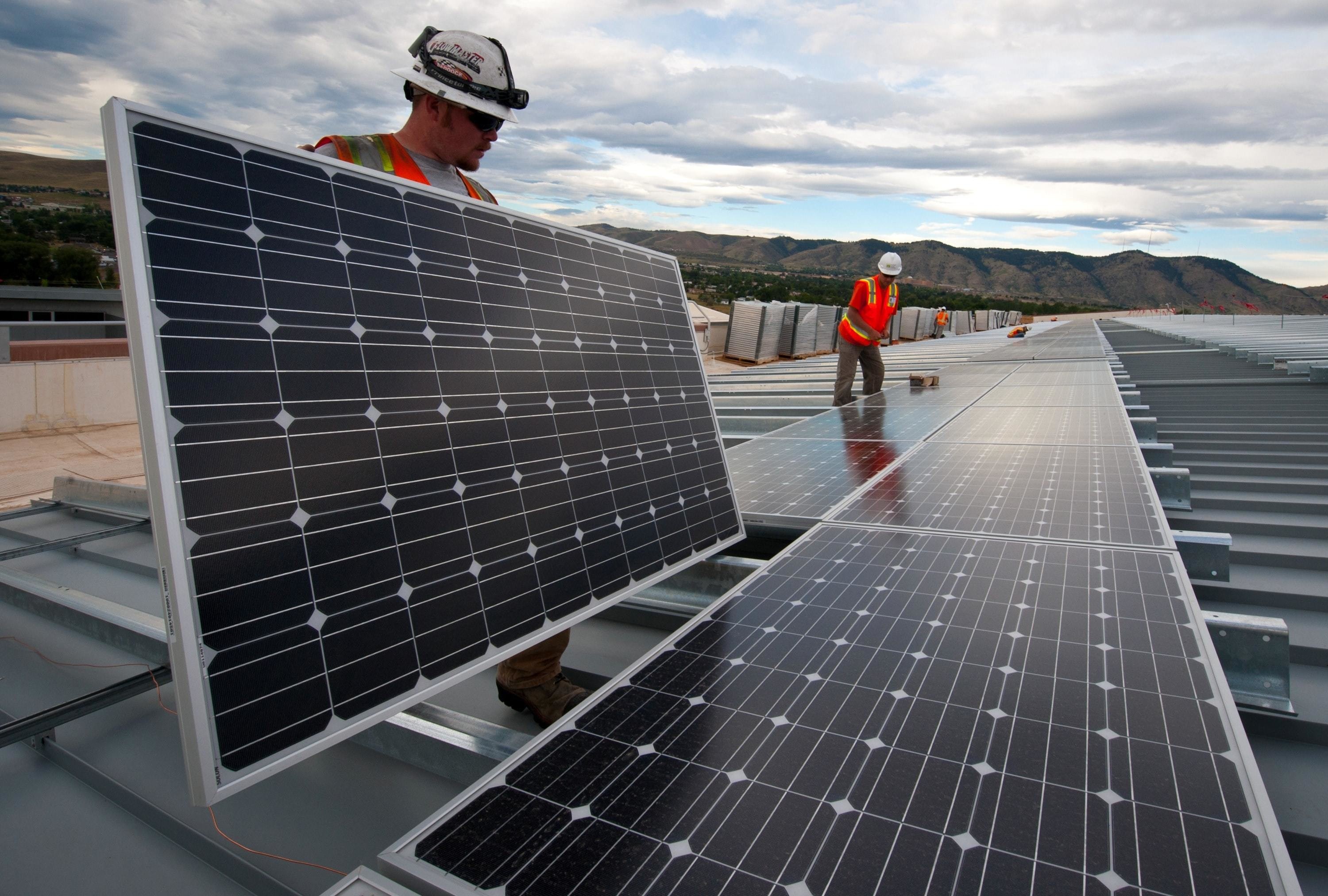Clean-tech companies enabling climate-friendly power: How do they do it?

Clean-tech companies enabling climate-friendly power: How do they do it?
Before we respond, let’s examine what the energy of the future will entail. Leading research organizations and influential thinkers frequently define the energy of the future as being decarbonized, decentralized, digitized, and democratized. To put it simply, we should power every house, structure, establishment, and vehicle with only environmentally beneficial energy.
The previous ten years have seen a significant contribution from clean-tech businesses, and this trend is expected to continue in the next years. There are essentially two methods:
- Businesses moving toward net-zero targets: Clean-tech firms are collaborating closely with corporates and creating assets based on the “energy-as-a-service” concept. An asset-intensive method to problem-solving for a user-specific issue; 14% market share.
- Non-profit organizations switching to sustainable energy: Local DISCOMs are driving the shift, while clean-tech businesses are developing “energy-as-a-service” projects and supplying electricity to DISCOMs. A strategy to create assets for middlemen (86% market share); DISCOMs act as energy guardians of customers.
Is this the most effective and long-lasting strategy to promote the switch to climate-friendly power? is one of the key parts lacking from the current energy transition?
Among the most lucrative industries is the utility sector! You got me right, you did! If executed correctly, this energy shift might also be smooth and reasonably priced.
In contrast to clean-tech firms, a new breed of asset-light climate-tech firms is emerging from the startup scene to handle the energy transition more effectively and financially. Surprisingly, they are not clean-tech businesses but rather start-ups in the aggregator, travel, mobility, food, alternative asset management, and finance sectors. The move to a more environmentally friendly power, which India has set an ambitious goal of achieving (500 GW by 2030, or a 15% increase annually), has put the country’s energy industry at a crossroads. This change must and may be extremely profitable and long-lasting.
India will need to completely redesign its power production, distribution, and consumption processes at the user, local grid interface, and market levels to make this shift. Furthermore, the incumbent utility providers, who are now suffering from losses of more than $60 billion, the bulk of which comes from providing services to non-enterprises, must be able to benefit from this shift in addition to being financially sustainable. By fostering possibilities that contribute to the creation of a violent fly-wheel effect that forces everyone toward the future’s decarbonized energy, climate-tech and clean-tech firms may collaborate to speed up this transition.
Most of the technologies needed to decarbonize the power and transportation industries are technically sound and competitively priced. We anticipate a stronger integration and electrification of structures, transportation, households, and small enterprises using renewable energy sources like solar, batteries, electric cars, smart gadgets, etc. An intelligent, bidirectional, and consumer-driven distributed energy resource model will be used.
A grid that is substantially more complicated as a result of these improvements will be gathering massive volumes of data every single time from many sources. Building systems that can record, gather, transmit, secure, organize, plan, examine, and create delivery models for each user is made possible by such data, which also presents great prospects.
Therefore, software and data are the vital engines for this decentralized, complicated power system of the future.
What differentiates climate technology from clean technology?

Businesses and customers are growing more concerned with environmental issues and ways to employ clean technology and climate technology to improve things.
Although there are differences between the two, many people conflate clean tech and climate tech. Customers are researching how humans are affecting the environment and prefer to work with businesses that share their concerns for the environment. And to decrease the effect, technology is advancing, expanding, and changing to meet planetary demands.
Following the United Nations Climate Change Conference (COP26) in Glasgow, Scotland in 2021, which focused on climate change and other environmental issues, businesses and governments are examining ways to combat climate change and other environmental issues – while being transparent with consumers on what they plan to do to reduce greenhouse gas emissions.
National leaders were given long-term objectives by the Paris Agreement, which was signed at COP21 in 2015, to cut greenhouse gas emissions globally, finance developing nations’ efforts to battle climate change, and review pledges every five years. The basis for net-zero objectives, which cap greenhouse gas emissions as near to zero as practicable, was established through this legally binding treaty.
Both climate technology and clean technology deal with the effects on the environment and current and potential planetary harm.
What is cleantech?

When new technologies were made available to investors to help lessen environmental harm in the early 2000s, the term “clean tech” (or “clean technology”) first appeared. Sometimes, the terms clean tech and other terms like “green tech” and “eco-technology” are used synonymously.
The term “clean tech” refers to products or companies that provide renewable energy and eco-friendly alternatives to current technologies to minimize negative environmental consequences. “Dirty” technologies including coal, gas, oil, mining, transportation and manufacturing generate soil, water, and air pollution, which is addressed by clean technology.
Clean technology may also improve energy efficiency in areas like the ones listed below:
- Clean water: Human existence depends on water, yet access to clean water is not ubiquitous. Industries are exploring ways to purify and reuse water to avoid the need for additional sources as the world’s population rises. Innovative Water Technologies’ portable filters, which use solar and wind energy to purify water from any area, are an illustration of modern technology.
- Air pollution and quality: The state of the environment and wildlife are directly impacted by air quality. Monitoring pollution levels and air quality may assist identify hazardous locations that people should occasionally avoid as well as what will have an impact on them.
- Recycling and waste: There won’t be enough room to dump rubbish on the ground or into the water, which is an issue. This hurts the ecology and makes it challenging to locate clean water. The issue is being addressed via recycling initiatives, although plastics can be challenging to recycle if they are combined with other chemicals and materials during manufacture. Businesses are attempting to replace plastic with more recyclable materials, such as bio-based polymers, to limit their usage of plastic.
- Clean energy: With the use of this technology, electricity is produced that is emission-free and renewable. Popular renewable energy sources include solar panels, wind turbines, and floating solar panels. Hydropower and renewable hydrogen are two examples of green energy sources that are growing and giving competitive pricing.
What is climate tech?

The technology used to prevent climate change by reducing greenhouse gas emissions is referred to as climate tech. This entails eradicating greenhouse gases from the environment and lowering present and upcoming emissions.
Initiatives in climate technology include the following:
- With measures like lowering animal dung, using fewer pesticides, and improving crop-growing procedures, such as employing aeroponics, agri-tech helps reduce greenhouse emissions.
- By establishing new forests, which may absorb carbon dioxide and supply oxygen to the air, afforestation helps to reduce greenhouse gas emissions. Organizations assist in restoring trees in deteriorated regions by collaborating with the timber industry.
- Carbon dioxide is the principal gas causing global warming and climate change. It is possible to lessen the consequences by capturing carbon and keeping it out of the environment. Carbon capture technology, which removes carbon from the production process, stores it, and converts it into hydrogen for power with little to no greenhouse gas emissions, is the clean energy source that manufacturers are striving for.
- Geoengineering, often known as climate engineering, aims to modify the climate system to lessen the consequences of climate change. One approach to achieve this is to capture carbon dioxide gas from the atmosphere and store it underground. Another type of geoengineering is solar radiation management, which uses solar radiation collection and reduction to stop the Earth from overheating.
What distinguishes climate technology from clean technology?

While climate technology performs some comparable tasks to clean technology, its main objective is to reduce greenhouse gas emissions. These emissions, however, only make up a small part of society’s environmental impact.
Clean technology includes clean water as part of a bigger scope. Although clean water is essential for the environment and human health, it does not contribute to the development of clean technology.
Agri-tech attempts to lower carbon and methane, both of which have an impact on greenhouse gas emissions. Agri-tech is a subset of climate tech since its main objective is to create agricultural practices that are less detrimental to the environment by lowering greenhouse gas emissions. Here are some situations where clean technology and climate technology intersect:
- supply chain
- transportation
- environmentally friendly structures
- clean energy
How vital is clean technology?

The Stockholm Resilience Centre identifies climate change as one of the planetary limits that call for a technical reexamination of current systems and procedures. Fossil fuels, the main source of energy in the globe, are being burned as one significant undertaking. Other planetary limitations that technology has to handle include the usage of land, and freshwater, ozone depletion, biodiversity loss, ocean acidification, waste, and the release of pollutants including aerosol, nitrogen, and phosphorus into the biosphere and seas.
This issue is solved through clean technology. Reduced technological costs and environmental dangers are two benefits of clean technology.
Future and putting money towards renewable technology

Technology may contribute to environmental sustainability and is a means to invest in a company’s future. According to research, $755 billion was spent on clean technology in 2021, setting a new high.
The work market is another area where cleantech is expanding. The U.S. Bureau of Labor Statistics projects that between 2020 and 2030, the employment of wind turbine technicians and solar photovoltaic installers would expand at rates of 68% and 52%, respectively.
According to the 2035 Electric Decarbonization Modeling Study from the University of California, Berkeley, clean energy may provide 500,000 new employment yearly through that year. The United States could utilize 90% clean power by 2035 without increasing consumer prices, according to this analysis.
Additionally, businesses have promised to invest in clean technologies. For instance, Breakthrough Energy Ventures was created by billionaires from all around the world, including Jeff Bezos, Michael Bloomberg, Richard Branson, Ray Dalio, Bill Gates, Reid Hoffman, and Mark Zuckerberg, to take advantage of financing for clean technology.
To achieve its environmental objectives, Amazon established the Climate Pledge Fund in 2020, a $2 billion investment initiative. Microsoft has declared its intention to become carbon negative by 2030 and the creation of a $1 billion Climate Innovation Fund to support initiatives and technologies for environmental preservation. Companies like Hewlett Packard Enterprise have established net-zero objectives for managing carbon emissions. Agencies and businesses may examine the new environmental hazards as well as strategies for addressing climate challenges thanks to technological breakthroughs in artificial intelligence (AI), machine learning (ML), and data science.
Businesses can also invest their money in the ESG area, which stands for environmental, social, and governance. Enterprises are not required to make ESG investments, but investors use these programs to choose which businesses to back. Firms must be aware of ESG trends and work toward sustainability since customers are increasingly favouring companies that value ESG.






